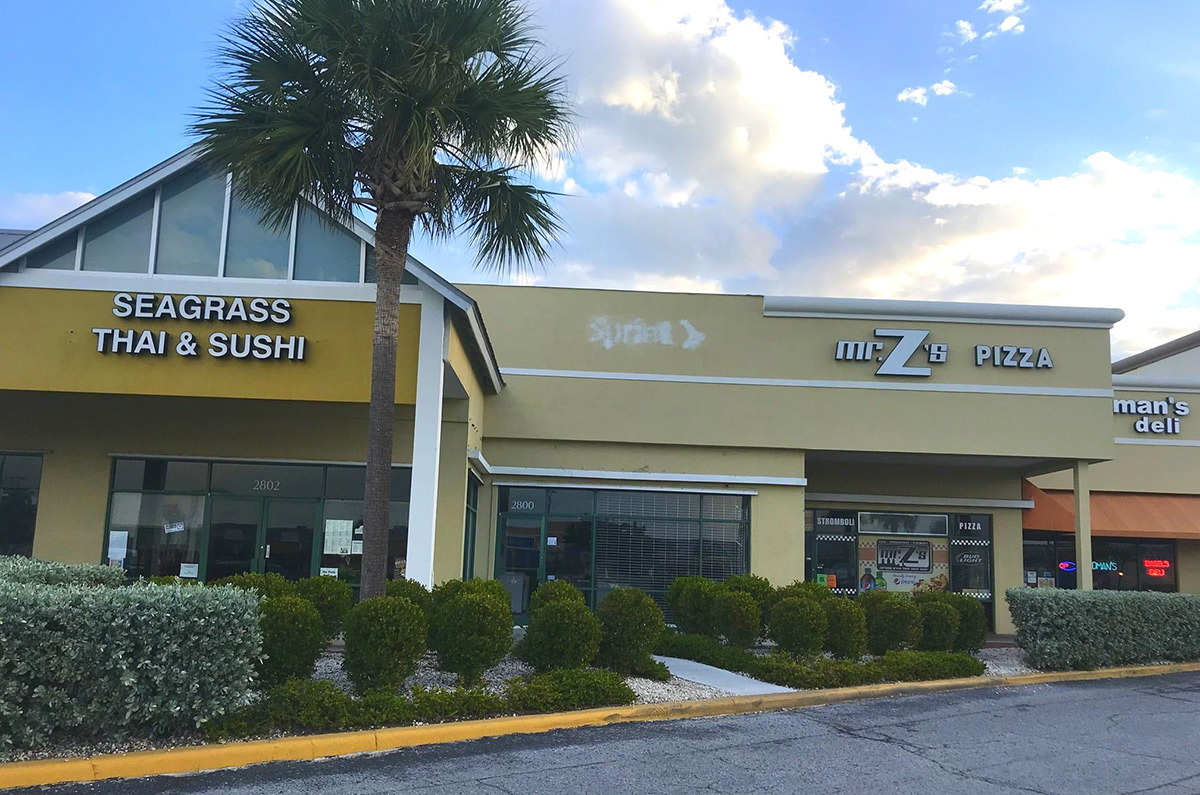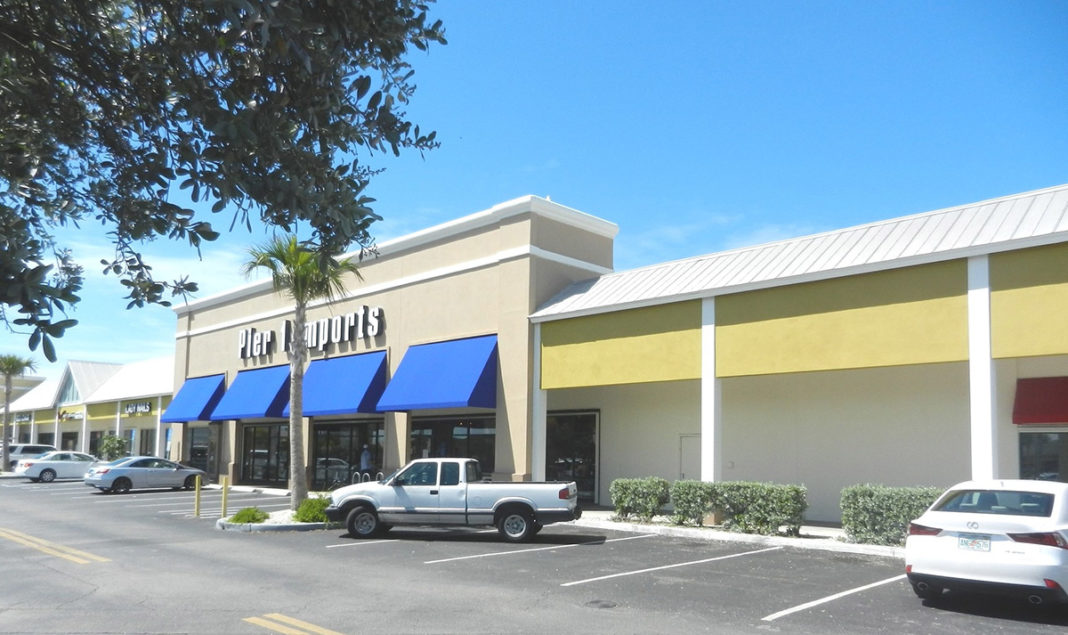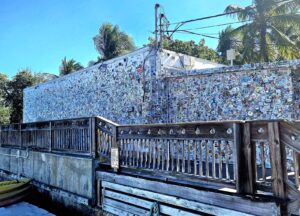Key West workers need to earn $33 an hour to afford Key West rents, said Anne Ray of the University of Miami’s Shimberg Center for Housing Studies.
Ray was a panelist at the city’s latest affordable housing workshop on Jan. 25.
That’s right, Key West’s longest conversation continued this week during yet another community meeting about the critical shortage of workforce housing.
The problem hasn’t changed: Hourly wages often aren’t commensurate with monthly rents. Land is limited and therefore precious. Long-term rentals for workers are being converted to vacation rentals. Multi-family properties are becoming single-family estates for wealthy second homeowners. Construction of rent-restricted housing isn’t profitable for developers. City zoning laws and height restrictions limit the number of units that can be built on properties in various parts of town.
So officials once again are holding workshops, gathering input, compiling surveys, debating income limits, finding funding sources and changing zoning restrictions.
But this time they’re serious.
So say today’s city commissioners and Mayor Teri Johnston, who has repeatedly said she’s tired of talking about piecemeal solutions that take decades, if ever, to get done. Johnston is hoping the commission will support her in hiring a designated housing director whose only job will be to make housing happen.
“We’re still having the same conversations,” Johnston said. “That’s not a criticism, but I think it shows the need for a sole person to move our housing needs forward with some urgency.”
Johnston, as well as Commissioner Clayton Lopez, point frequently to the infamous 3.2 acres at Truman Waterfront. The city received the full 17-acre waterfront property from the U.S. Navy nearly two decades ago in 2002. The parcel initially included 6.6 acres that were designated from the start for workforce housing and other development that would benefit the neighboring Bahama Village community.
Those 6.6 acres have since shrunk to 3.2 acres, but the priority — housing — hasn’t changed. It also hasn’t been built.

So what’s new?
One new idea mentioned at the Jan. 25 workshop is the addition of apartments at or above the shopping centers on North Roosevelt Boulevard — Searstown, Key Plaza and Overseas Market. But the owners of those centers were not present at the workshop.
“We need the owners of the three biggest shopping centers to have a seat at the table,” said Melissa Paul-Leto of the city’s planning department.
Meanwhile, the planning department is urging residents to complete a housing survey that’s posted on the city’s website at cityofkeywest-fl.gov.
Commissioner Sam Kaufman agreed with Paul-Leto.
“Let’s meet with the shopping center owners,” he said. “We’ve already heard that Publix is interested in building employee housing. And there looks to be a ton of space behind the Winn Dixie center.”
Other ideas included zoning changes that would increase density and/or height limits so more apartments can be added to existing neighborhoods at Poinciana Plaza and Porter Place.
Kaufman and Commissioner Clayton Lopez also supported an exploration of home ownership options such as those provided by Habitat for Humanity, as well as down-payment assistance and other programs.
“Key West’s home ownership rate is more than 20% lower than the rest of the state, and more than 10,000 jobs in Key West pay less than $40,000 a year,” Lopez said, referring to figures Ray provided from the Shimberg Center.
In addition to Ray, the Jan. 25 affordable housing workshop included panelists Randy Sterling of the Key West Housing Authority and Scott Pridgen of AH Monroe.
Sterling reviewed the city’s current inventory of affordable housing units and public housing projects such as George Allen, Porter Place and Fort Village, as well as the two- to four-year wait lists for each.
Pridgen explained the funding mechanisms AH Monroe has used to successfully create more than 100 affordable apartments at Poinciana Royale on Duck Avenue and the new Marty’s Place on Bertha Street.
“We’d be more than happy to work with the housing authority on building new units, or redeveloping existing properties,” Pridgen said.
Ray detailed the challenges Key West faces when it comes to the local workforce, wages and housing costs.
Finally, the commissioners seemed to agree that a streamlined process to allow owners to rent out accessory dwelling units on their properties, commonly known as mother-in-law cottages, would provide additional rentals for workers as well as additional income for owners, as long as the spaces are rented long-term to local workers, and not used for unlicensed vacation rentals.
As the meeting was a workshop, no votes were taken and no formal decisions were made. The workshop video is available on the city’s website at cityofkeywest-fl.gov.



















